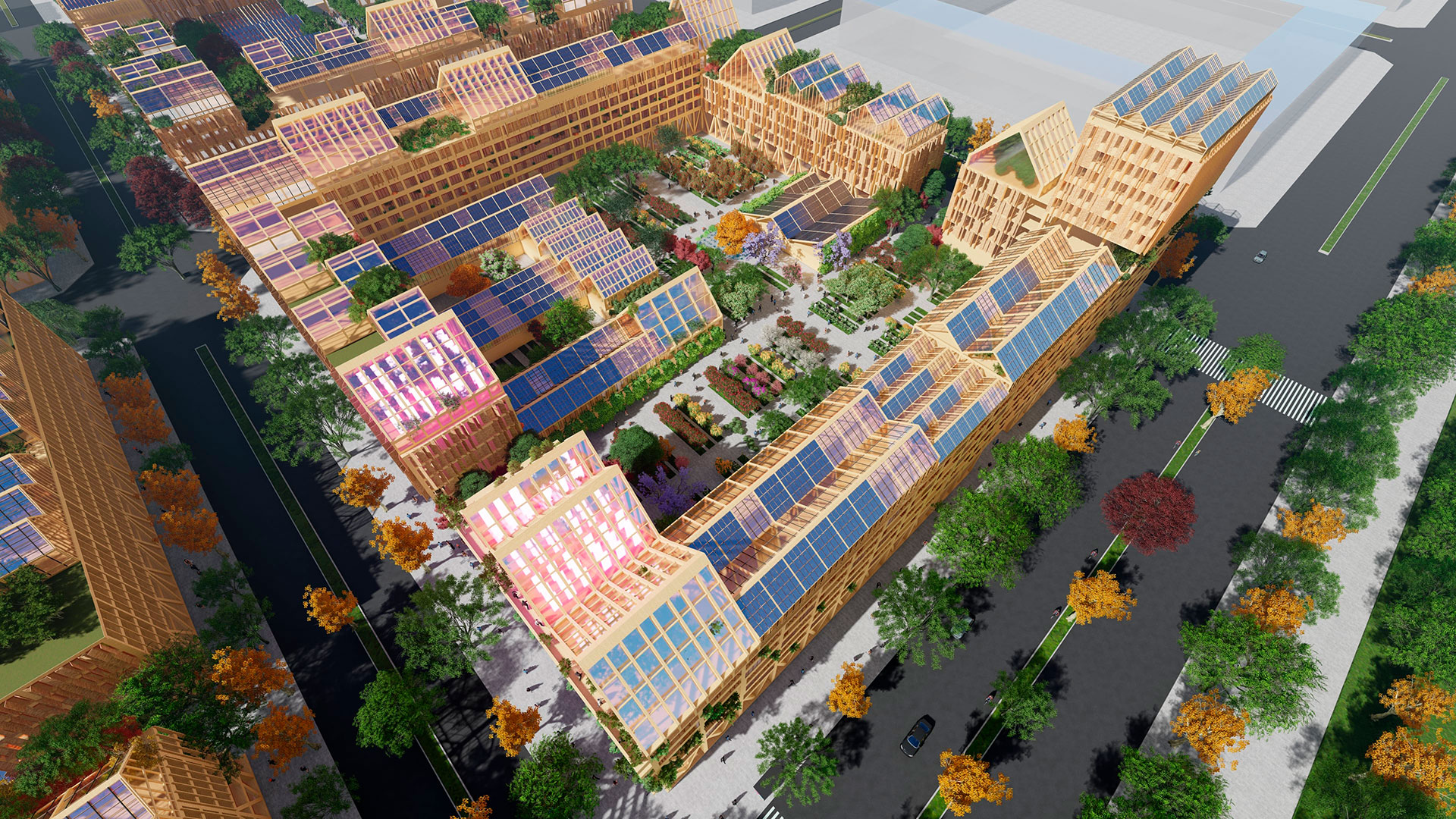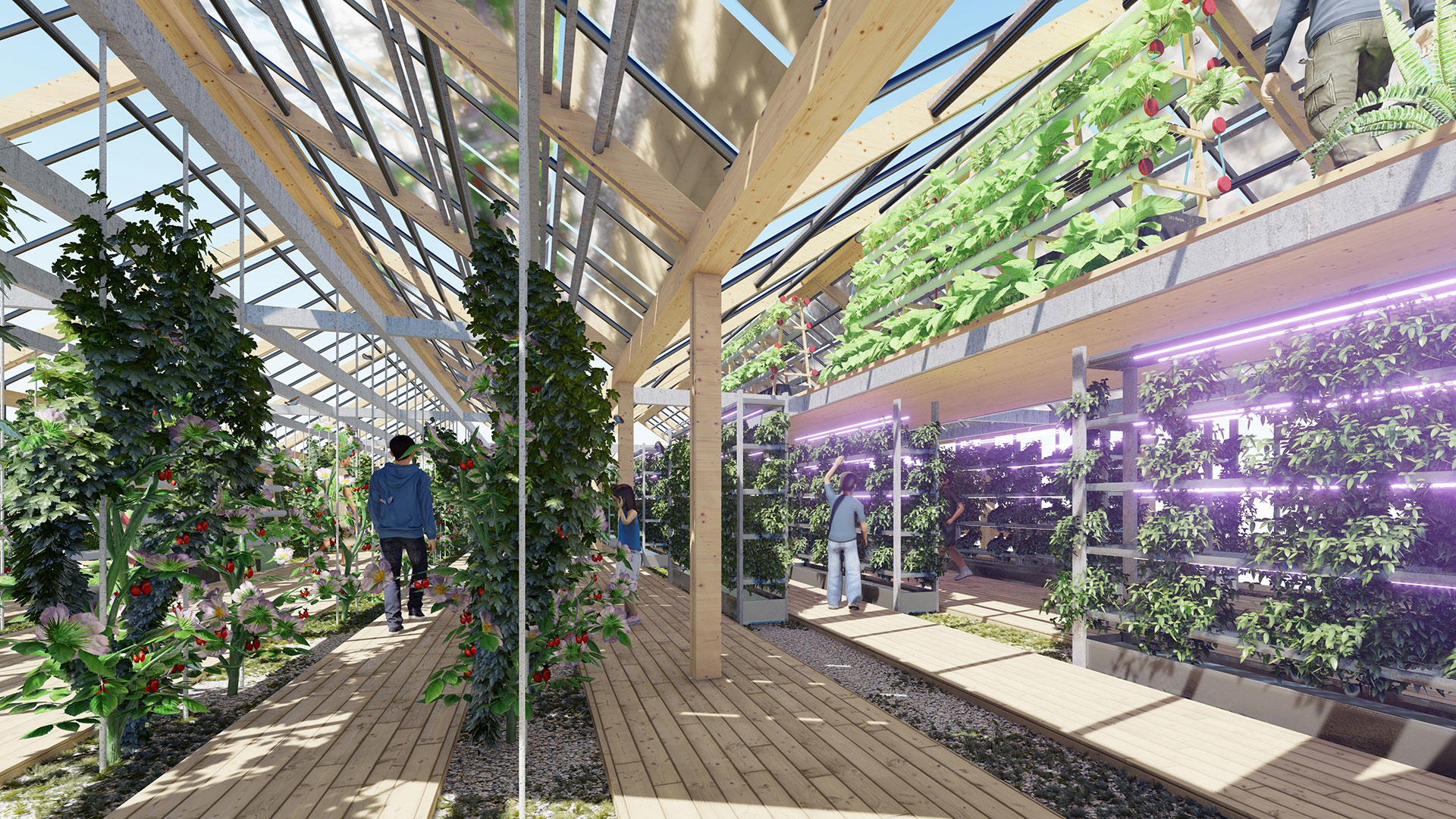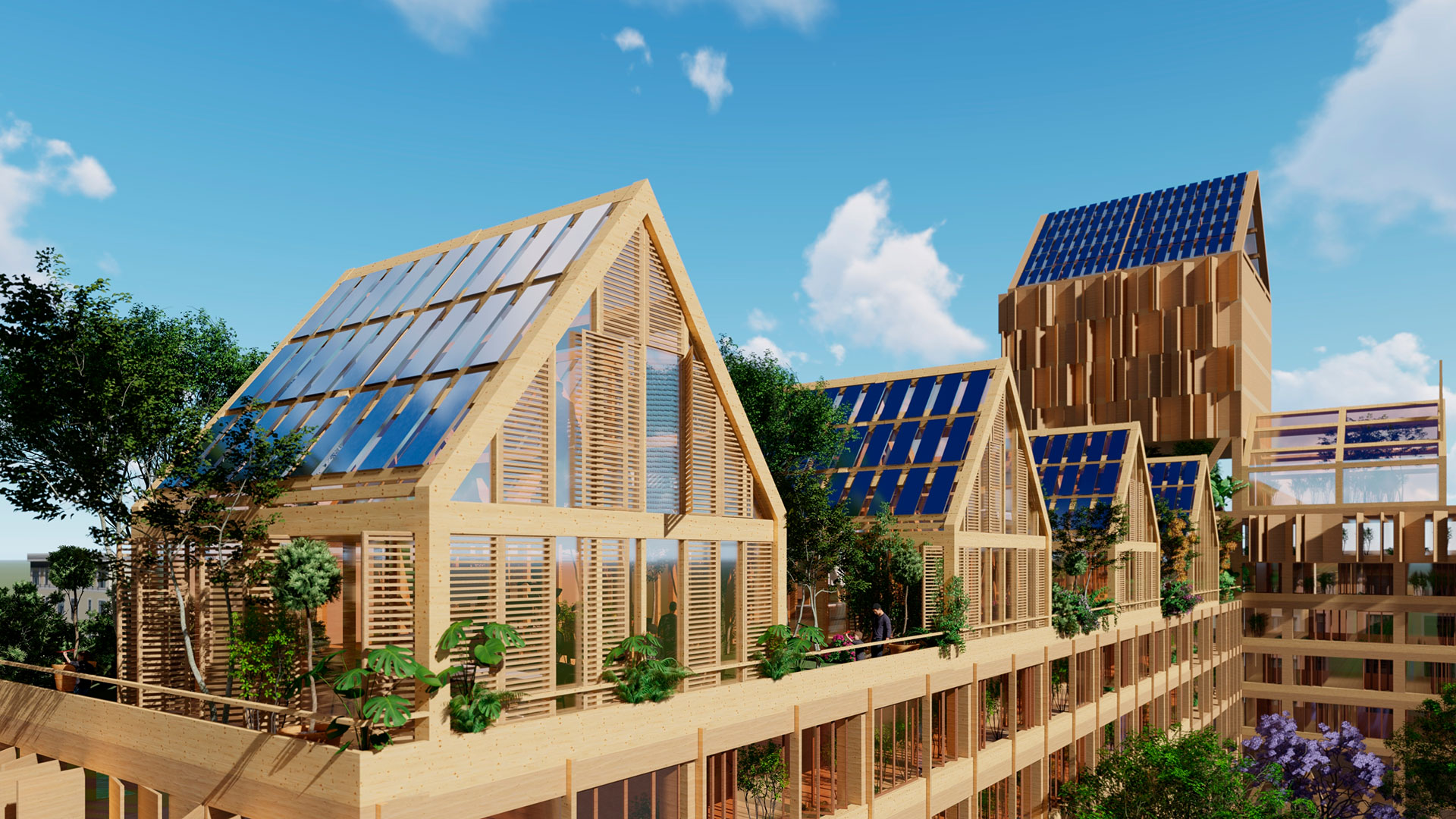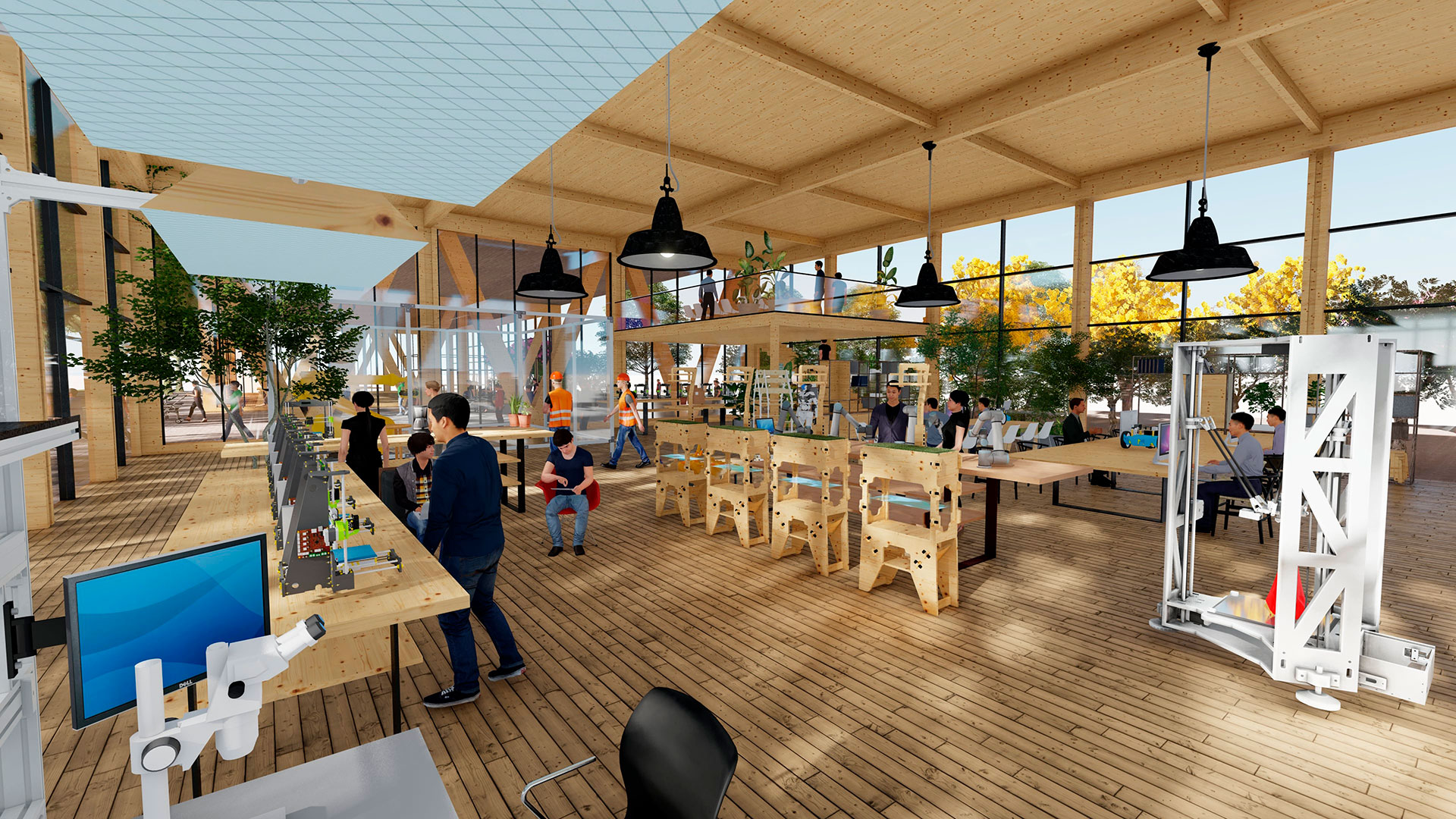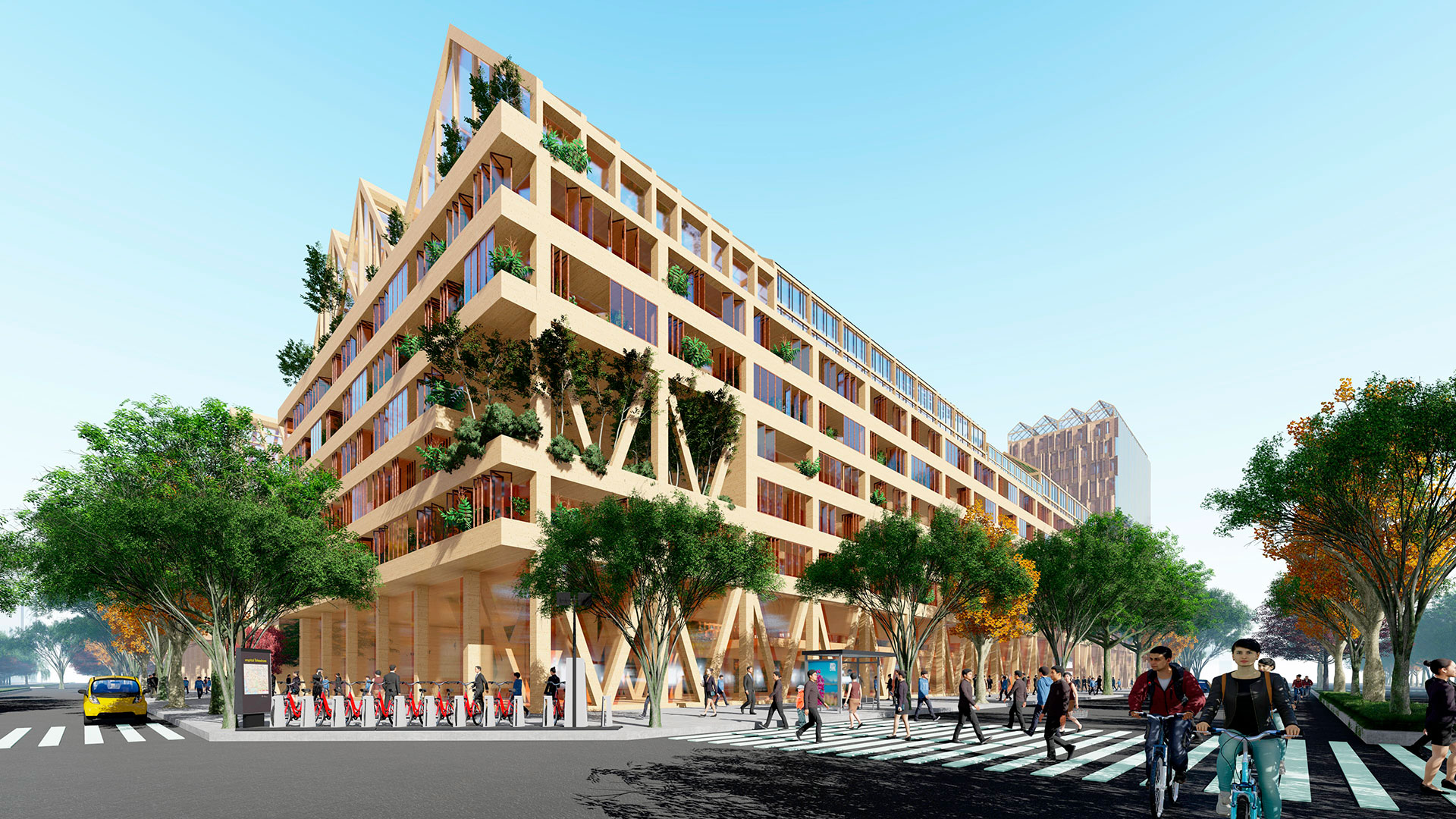In 2017, Chinese President Xi Jinping announced the creation of the Xiong’an New Area, about 100 km southwest of Beijing. The aim of the initiative was to create a new sustainable and self-sufficient city that would unify and modernise more than 60 surrounding villages, as well as pilot innovation projects to explore new models of economic growth, create a world-class smart city, with a focus on green development and environmental protection. The project, with an estimated cost of around 490 billion euros (580 billion dollars), was born with the aim of “turning a rural area into the next Shenzhen” (where Shenzhen refers to the so-called “Chinese Silicon Valley”).
Amongst the projects, the Xiong’an New Area includes a new science park that will mobilise around 500,000 scientists. Dozens of large companies will set up offices and “non-core functions” including state-owned enterprises, government agencies and research and development facilities are expected to relocate from Beijing, and numerous residential complexes and service and industrial buildings will be built. All this is to accommodate some 25 million people by 2035, on an area of about 2,000 square kilometres. The ambitious project involves building a new city from scratch, with the challenge of making it sustainable, self-sufficient (so that exports and imports are minimised) and ecological. In addition, the territory will be connected to other major cities by five high-speed rail lines.
For the development of the greater Xiong’an New Area, the Chinese government issued the “Xiong’an Architecture Design Public Competition with Chinese Characteristics under the Principle of High-Quality Development”, with a specification that called for buildings constructed with wood and local materials, as well as being self-sufficient in energy, food and component manufacturing. Among the more than 300 projects submitted, one of the winners was Spanish architect Vicente Guallart, who designed a four-block city centre.
In “The Self-Sufficient City”, as Guallart called his project, residents can live, work and rest in their living environment. The buildings are topped by greenhouses to produce food for daily consumption, and will be supplied with energy by solar panels installed on their sloping roofs. And to produce everyday objects, a digital industry equipped with 3D printers will be set up on their ground floors. The homes also have a large south-facing terrace, which acts as a thermal regulator and will be used for the tenants to play and rest. Finally, the complex, which includes housing, retirement homes, offices, a public swimming pool, market, kindergarten, administrative centre and fire station, will be built with wood, according to circular bioeconomy principles.
For a 3D visualisation of the project by Guallart Architects, here is a link to the video:
Sources: Tomorrow City, Metalocus, Dezeen.
Imágenes: IAAC.


